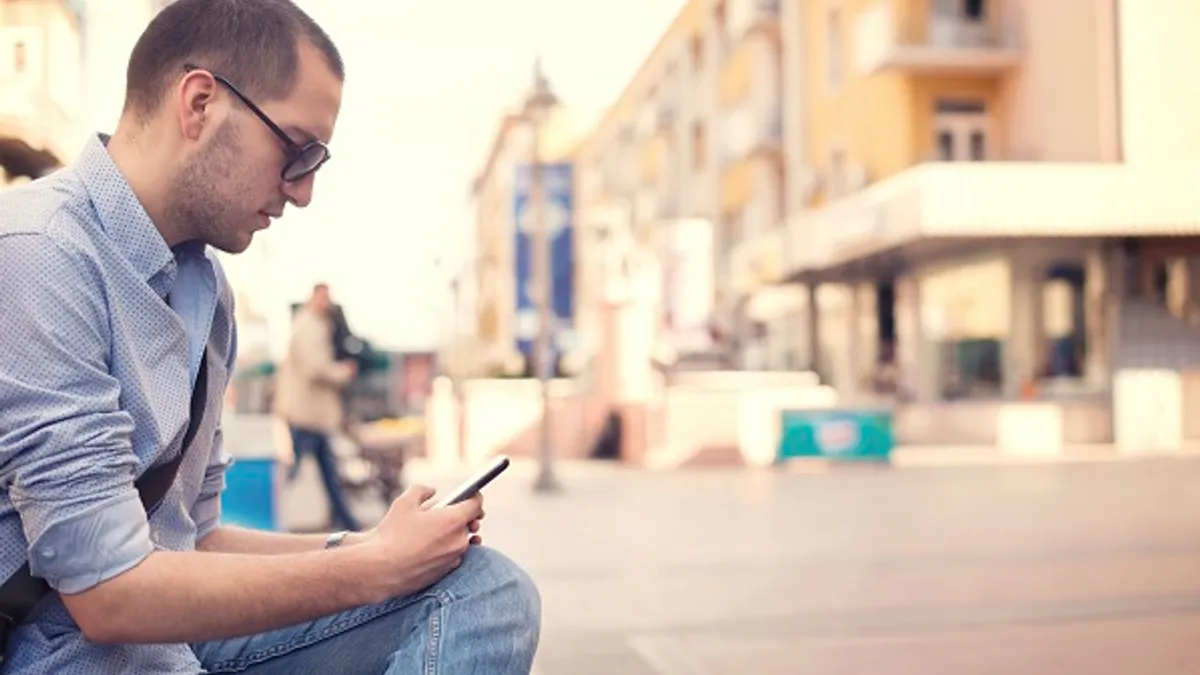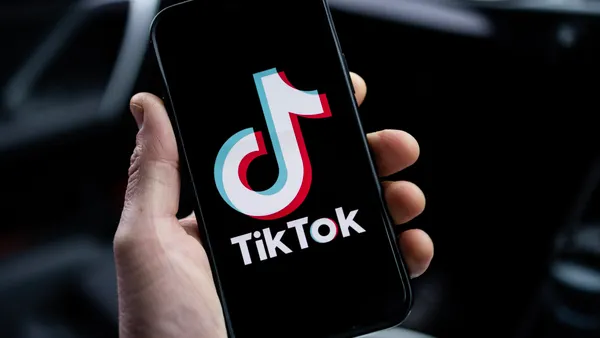Dive Brief:
-
Digital-first brands are highly popular amongst millennials across the spectrum, from the youngest millennials to the "almost 40 crowd," the latter of which leads millennial interest in digital connectivity, according to brand building agency Moosylvania’s 2017 top 100 millennial brands report, which was emailed to Retail Dive.
-
The top 10 brands on Moosylvania’s list are: Apple, Nike, Samsung, Target, Amazon, Sony, Walmart, Microsoft, Coke and Google, demonstrating the popularity of digital companies with the generation. Adidas, Nintendo, Pepsi, Starbucks, Victoria’s Secret, Ford, Forever 21, Jordan, American Eagle and Disney round out the top 20.
-
According to Moosylvania, retailers dominate the rest of the list, with merchants or clothing brands making up almost a third of the top 100. The 2017 list was compiled by averaging 15,000 responses within the period of 2013-2017.
Dive Insight:
Millennials seem to be prime targets for digital and social marketing, as evidenced by the prevalence of digital companies in the top 20 of Moosylvania’s report. In addition, Moosylvania found that electronics, gadgets, gaming, soft drinks, clothing and cars made up the top categories for the study, extending the reach of digitally-focused retailers, as well as apparel retailers.
"One of the insights that we worked on this year was separating millennials into two 10 year segments," Norty Cohen, CEO of Moosylvania, said. "Once we split it at 17-27 and 28-37 – we could pick apart the myth that only young people thrive on connectivity. In many cases, the older demographic showed more loyalty and more connectivity."
Interestingly, the study also found that the majority of millennials had strong connections to their favorite brands, with 70% of the generation saying they were willing to share or repost brand information from their favorite brands. The influence of social extended to a given respondent’s willingness to try out a product as well.
"We found that pretty much anyone talking about a brand produces a 2.5 times greater chance of new brand adoption than TV, Facebook and YouTube advertising combined," the study stated.
These stats suggest that a similar marketing strategy may be applicable for both millennials and Gen Z, as the younger generation is eager to interact with their favorite brands as well, from submitting product designs to their favorite brands (44% interested) to attending events sponsored by a brand (38% interested) and creating digital content (36% interested). Gen Z also shares a willingness to connect with brands via social media or other forums, with 80% of Gen Z influenced by social media while shopping.
While social media influencers seem like a good investment for these two demographics, given their interest in interacting with brands, a recent study by Markerly suggests that micro-influencers in particular might not be worth the price tag and recommends that brands use influencers with a reach between 500,000 and 1 million to get the most value.
"For some perspective, in order to go from 1 million followers to 2 million followers — which only increases the ROI from near 20 engagements per dollar to around 23 engagements per dollar — it would cost an additional $1250," that study states.
Whether or not brands choose to interact with millennials and Gen Z through social media influencers or through other formats — like Sephora’s members-only social platform — it seems worth experimenting with considering how receptive the younger generations are to more communication.














